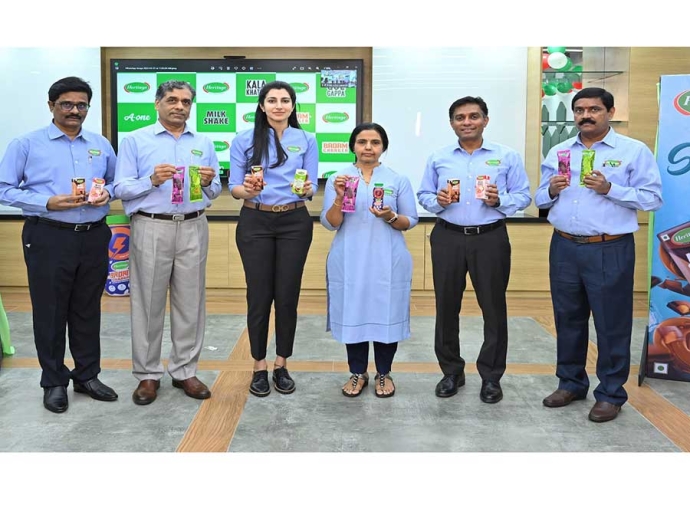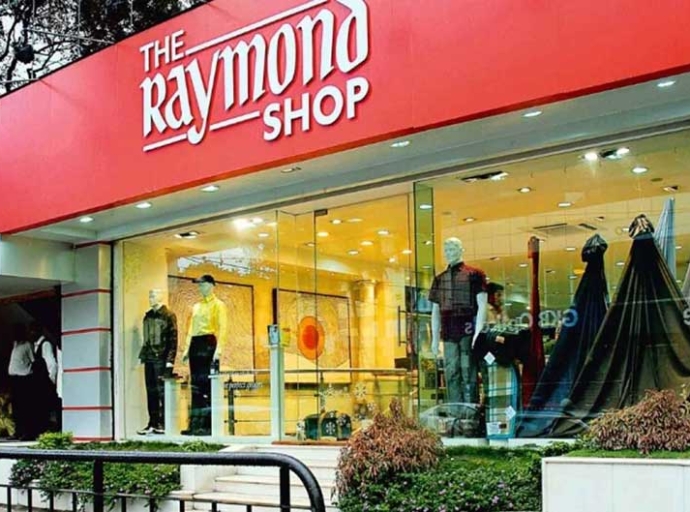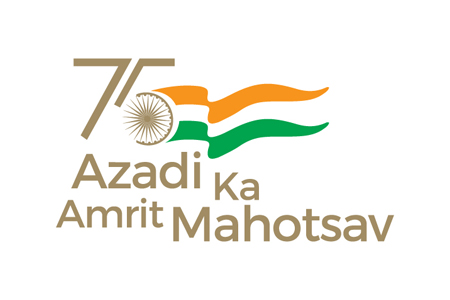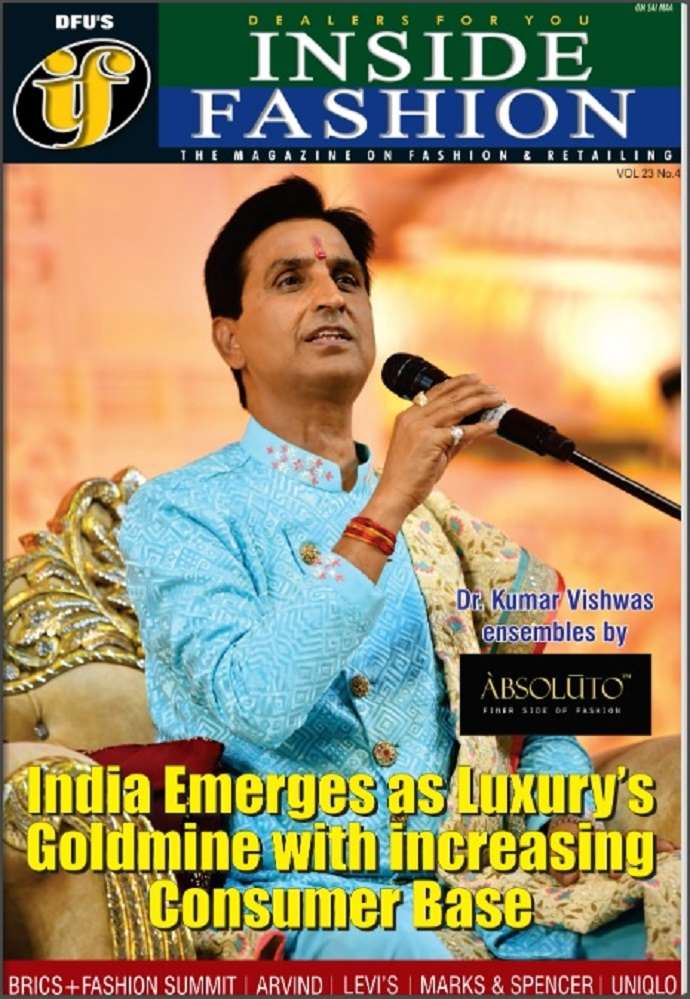India-UK FTA Sparks Fashion Import Revolution: A new chapter for Indian retail and innovation
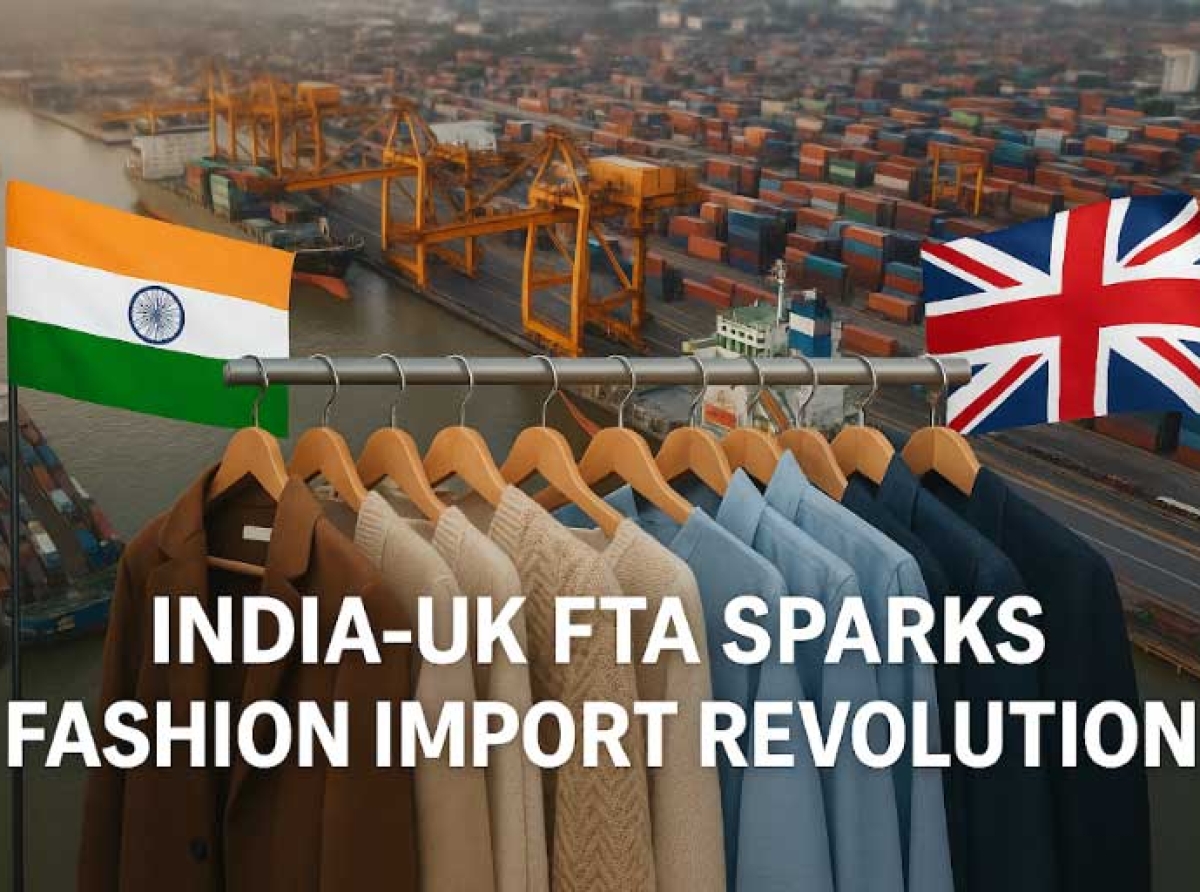
26 July 2025, Mumbai
India’s fashion and textile landscape is on the cusp of transformation following the July 24 signing of the India-UK Free Trade Agreement (FTA)—a landmark pact that not only promises to boost Indian exports, but significantly reconfigures the dynamics of imports, particularly in apparel, branded fabrics, and accessories.
While policymakers and trade bodies have long highlighted export gains, the FTA’s import-related provisions—especially duty reductions on nearly 90% of UK tariff lines—are set to usher in a surge of premium British and globally sourced fashion products at significantly lower price points in India.
Zero-Duty Era: What it means for fashion imports
The most game-changing aspect of the FTA is the reduction of import duties from the prevailing 10-20% to near-zero or minimal rates. While these benefits will take full effect by late 2026, groundwork by brands and buyers has already begun.
India imported approximately US$ 10.6 billion worth of textile and apparel (T&A) products in 2022−23, and UK imports accounted for a growing portion of US$ 6.53 billion in total UK-India goods trade in 2024. Says Rahul Mehta, Chief Mentor, CMAI. "Duty-free imports from UK will also raise the bar for Indian brands and retailers to up their quality, service, and brand propositions - all of which will benefit the Indian consumer"
British labels & global brands eye India
British high-street and designer brands—including Marks & Spencer, Next, Primark, Burberry, ASOS, and Boohoo—are poised to benefit from smoother UK-India trade lanes and enhanced pricing flexibility. These brands, many already sourcing from India, now have strategic incentive to reroute supply chains to tap into India's booming luxury and mid-premium markets.
Table: Current vs. Post-FTA Import Duty on UK Apparel & Fabrics
|
Category |
Current Duty on UK Apparel/Textile |
Post-FTA Duty (Projected) |
Retail Impact |
|
UK-branded apparel & accessories |
10-20% |
~0-5% |
Premium clothing, accessories gain a pricing edge; more affordable luxury. |
|
Premium shirting fabrics |
10-20% |
~0-5% |
Reduced input costs for local manufacturers; better-priced end products. |
|
Technical fabrics |
10-20% |
~0-5% |
Boost for specialized manufacturing and innovation. |
|
Luxury designer wear |
10-20% |
~0-5% |
Increased accessibility for high-end fashion. |
*Note: The exact reduction to 0% or minimal levels is subject to the specific tariff lines covered by the 90% reduction.
"Since imports of Apparel from UK are likely to be in the luxury and high-priced category, I am confident of the Indian domestic manufacturers' ability to face the increased competition".
Join our group
Challenges for Indian brands, but also new opportunities
The influx of competitively priced UK fashion raises stakes for Indian mid-tier and premium labels.
While competition will be intense, many see the FTA as an inflection point. Domestic brands are now expected to focus on heritage-based design, sustainability credentials, and localization, with a shift from price-driven strategies to value-driven branding.
Additionally, fabric traders and manufacturers importing UK materials for export (like cotton shirting and performance fabrics) will benefit from lower sourcing costs and improved profitability.
Strategic adjustments & future outlook
To leverage the FTA benefits, global brands operating in India must accelerate plans to import UK merchandise or fabrics for local assembly, enhancing affordability. Indian fashion players, meanwhile, must fortify their design, supply chain agility, and brand propositions.
Furthermore, India’s traditional wear segment might see export gains. According to CMAI, with the UK having a large Indian diaspora, this will also give a boost to the traditional domestic manufacturers of Indian ethnic apparel to venture into exports.
A defining moment for India's fashion industry
The India-UK FTA marks a strategic turning point in India’s integration into the global fashion ecosystem. While domestic manufacturers brace for stiffer competition, the agreement opens doors to import-driven innovation, consumer choice, and global brand accessibility.
The next 12-18 months will be critical. As the countdown to duty-free imports begins, India’s fashion and retail sectors must prepare—not just to compete, but to transform and thrive in a more globalized fashion future.
Latest Publications



